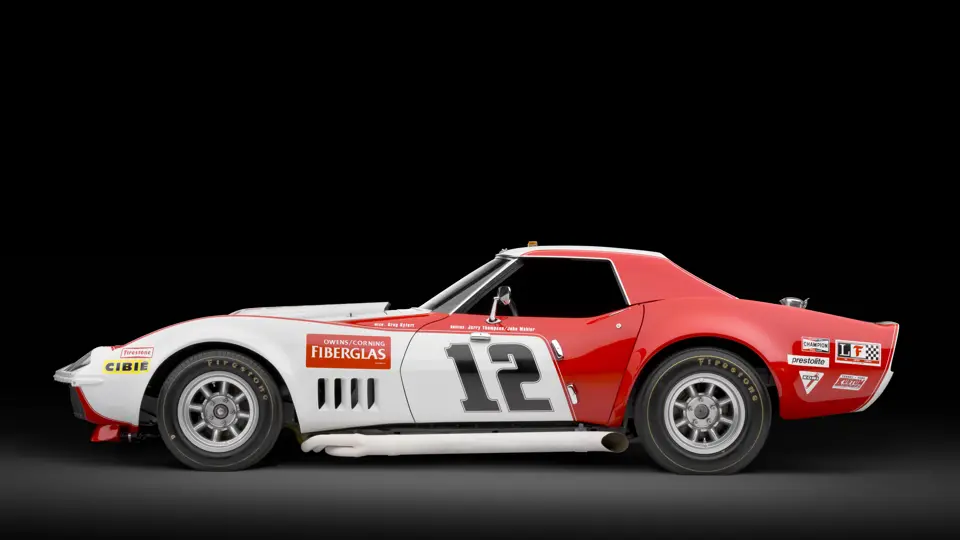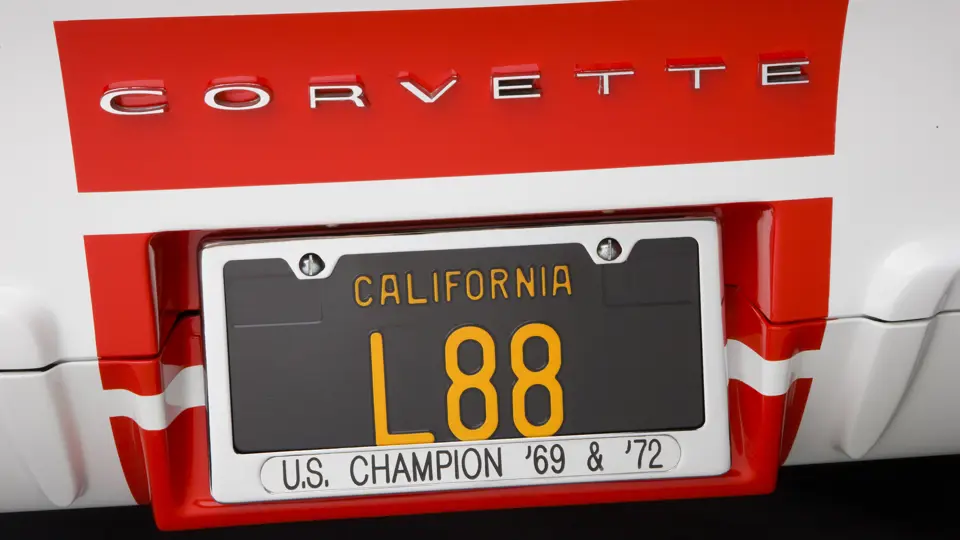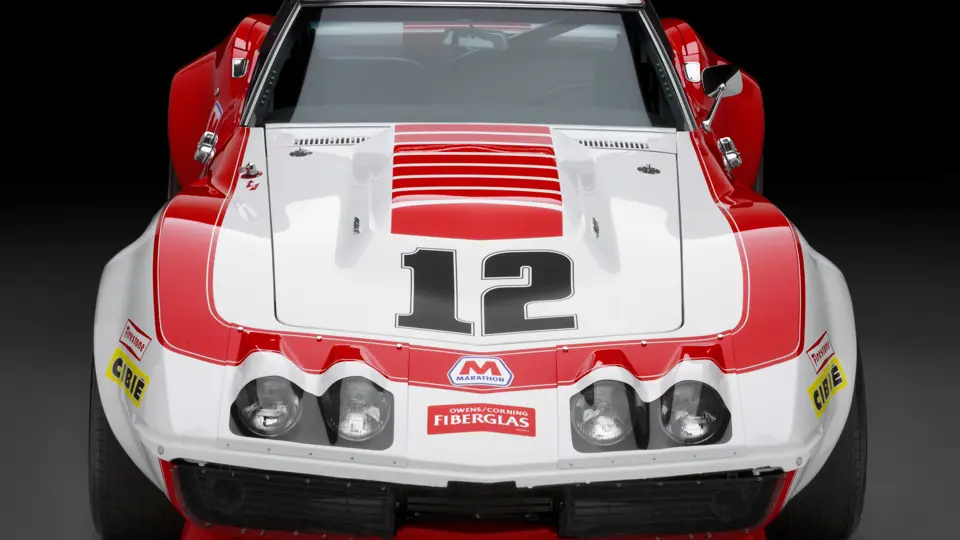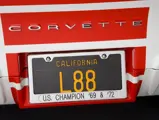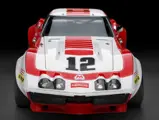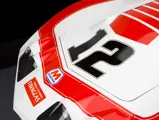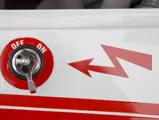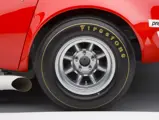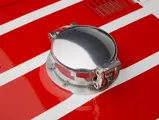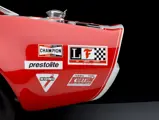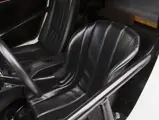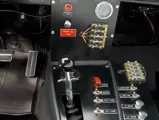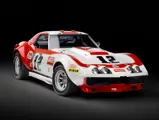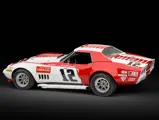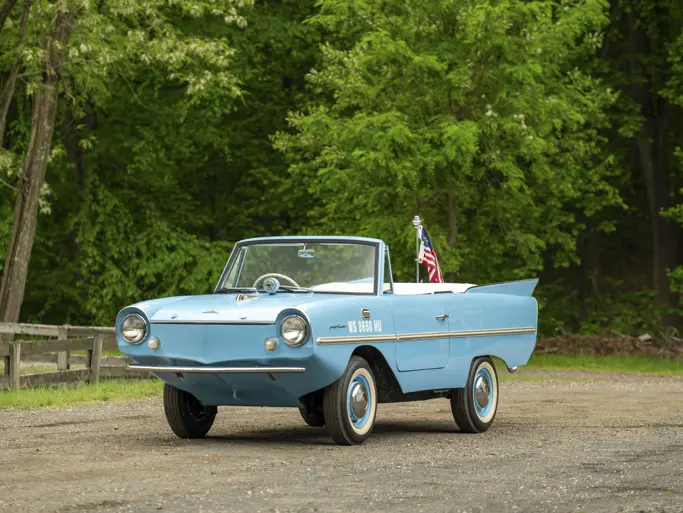Est. 685 bhp at 6,600 rpm, 427 CID L-88 big block Chevrolet racing engine, Muncie M-22 “Rockcrusher” transmission, front and rear independent suspension, coil springs to the front, and transverse leaf to the rear with Koni adjustable shock absorbers. Wheelbase: 98"
• Generally considered the most victorious racing Corvette in history
• Ex-Tony DeLorenzo and Jerry Thompson
• Multiple SCCA championships; NCRS American Heritage Award
• Fresh Kevin MacKay restoration
• Extensive documentation
America’s Star-Spangled Sports Car
For nearly four decades, the Chevrolet Corvette was the only sports car designed and built in North America. Capable of taking on and beating the world’s best production sports and GT cars on the international circuit, Corvettes roared on the Mulsanne straight at Le Mans, flew on the high banks at Daytona, and blazed their lights around Sebring. On amateur SCCA circuits, Corvettes won fourteen “A Production” and fifteen “B Production” divisional titles in the 1962 to 1976 period. SCCA Nationals saw Corvettes capturing no less than 25 Run-Off Championships in A, B, and C Production in the same time frame.
A Russian born ex-race driver and engineer hired by GM’s Ed Cole gets the credit for the almost unbelievable transformation that took place from 1954 to 1957. The ’53 Corvette was thoroughly underpowered, but the 1957 V-8 version won its class at Sebring, as well as the Sports Car Club of America “B” Production National Championship. In fact, in 1960, a Cunningham Corvette placed First in GT at Le Mans! “Corvette – The Real McCoy” trumpeted the full page ads in the national media and that really said it best.
The classic, solid axle Corvette gave way to the beautiful Sting Ray coupes and convertibles with independent suspension in 1963, and four-wheel disc brakes became standard in 1965. In 1968, it emerged as the dramatic Stingray (one word) with a “Coke bottle” shape, inspired by the ’67 Mako Shark Show Car.
Corvette Big Block Bruisers: “The Fast and the Few”
Only a few Corvettes can legitimately claim membership in this exclusive club. John Greenwood’s “Stars & Stripes” L-88 cars of the 1968–1973 period, backed by BFG and often racing on that company’s new radial tires, certainly qualify for this short list. Dave Heinz’s two Corvettes, liveried as “Rebel Flag” cars in a competitive response to the BFG effort and driven by Heinz and Bob Johnson, often beat the Greenwood team due to better race strategy and superior reliability.
However, the very best racing results were scored by the two Tony DeLorenzo/Jerry Thompson Corvette team cars, which contested both the SCCA Divisional and National circuit, as well as all of the important U.S.A.-based FIA distance races. One of these, 002/68, their 1968 Owens/Corning Fiberglas L-88 car, is the very same that we are privileged to present here.
A Pair of Aces
So much more than an inert assembly of performance parts, “historic” racing cars are made memorable by the heroic efforts of determined individuals: designers and constructors, with the most important facet being a driver team that is able to extract the maximum from the car. The lead drivers of this 1968 OCF Corvette were Tony DeLorenzo and Jerry Thompson.
Tony DeLorenzo, the son of General Motors executive John DeLorenzo, always wanted to be a professional racing driver. In 1969, at the age of 26, with a string of racing successes behind him, DeLorenzo, who holds degrees in business administration and public relations, formed Troy Promotions Inc. T.P.I.’s and DeLorenzo’s racing efforts had been sponsored by Owens Corning since the summer of 1968, and the formation of his firm meant that he could field a proper racing and publicity effort on their behalf.
Jerry Thompson is not only an exceptional driver but also a mechanical engineer. He won SCCA National and Divisional titles driving Corvairs and Corvettes in the late-1960s. Thompson graduated from Iowa State and works as an automotive engineer. In 1967, after co-driving with DeLorenzo at Daytona and Sebring, a mutual respect was fostered, and the duo formed a team that was about to produce the best Corvette racing performance record of that period.
This partnership was the ideal blueprint for success, with Thompson providing the technical pragmatism of the engineer and DeLorenzo’s business and PR background made it easy to sign and retain a major sponsor, in this case the giant Owens Corning Corporation. Even the latter was an appropriate fit—what better way to promote the use of fiberglass reinforced plastics in the auto and truck industry than by demonstrating its strength and versatility through international motor racing? Like any good sponsor, the Owens Corning Fiberglas Corporation made the most of the association with the DeLorenzo/Thompson team, even publishing a news letter and issuing frequent press releases about the team’s achievements.
OCF/T.P.I.-002/68
After buying and restoring one of the other Owens/Corning Fiberglas Team Corvettes, a 1969 L-88 car, 003/69, which was displayed at the 1987 Monterey Historics, the previous owner of this car began to wonder about the fate of the 1968 OCF car. After many dead ends, the quest for the “Corvette in the haystack” became an obsession—a common state of mind for an automobile enthusiast. He hired Corvette sleuth and historian David Reisner, who had a reputation for finding historic racing cars. One of Reisner’s sources overheard a racer at Road Atlanta touting his Corvette as an ex-Jerry Hansen and Owens/Corning car and that Hansen’s 1972 SCCA number was still stamped on the roll-over bar. Since Troy Promotions Inc. (T.P.I.) had sold their 1968 car to SCCA champion Hansen at the end of 1971, Reisner knew that he had found the missing OCF Corvette. The previous owner asked Tony DeLorenzo to accompany him to see the car in order to make a positive identification. A deal was struck, and the Corvette enthusiast had his second OCF car.
Although this 1968 Owens/Corning car was acquired in 1990, the first restoration did not begin until 10 years later, in 2000. The catalyst was the 2002 Corvette Feature Marque status at the Monterey Historics races, and since the ’69 OCF car had attended the last version of this venue in 1987, it made good sense. A restoration back to the original OCF specifications ensued, after which the car was displayed with the Grand Sports and other significant Corvettes at Monterey.
Race History and Honors
Impressive period results include the 1969 and 1972 SCCA National “A” Production Championships, 1968 and 1970 SCCA National “A” Production Runner-Up, Second Place in GT at the 1969 12 Hours of Sebring, and the 1969 and 1970 GT Class wins in the 24 Hours of Daytona. In the 1970 event, it finished Sixth Overall, behind two Porsche 917s, a Ferrari 512, and two Ferrari 312s, but ahead of a Ferrari 250 LM in Seventh and a Ford GT40 in Eighth. This car, together with its team car, won 22 of 22 SCCA/FIA National Events during 1969–1971, with this car winning 11 of these! Observers will note that these two team cars changed numbers for each race entered, in order to give the perception of a large team effort. This car was always the highest numbered car and driven most often by Jerry Thompson.
This car was awarded the American Heritage Award in 2007, the highest award for non-street Corvettes by the National Corvette Restorers Society and has twice been featured on the cover of Corvette News.
After its first restoration, it was shown in 2002 at the Pebble Beach Concours for the 50th anniversary of Corvette and has since been invited to appear at “Chip’s Choice” at the 2007 Corvettes at Carlisle, and more recently, at the Amelia Island Concours in March 2008, also participating in a special display of Sebring race cars at the Quail Motorsports event in Monterey 2008.
OCF #12 was the feature article and cover car in Vintage Motorsports in September 2008 and shared the center stage with Grand Sport #2 at the Petersen Automotive Museum Corvette Racing Tribute in 2008. It was on the cover of the definitive 2008 book on L-88’s, Corvette Racing Legends by Peter Gimenez. The car was also displayed in the Corvette Hall of Fame at the National Corvette Museum in 2009 and was mostly recently seen in the Corvette Magazine’s article “Winning Streak,” in March 2010.
The L-88 presented here, in its 1971 24 Hours of Daytona livery, has been fitted with an original L-88 engine and recently “re-restored” to original specifications by Kevin MacKay, of Corvette Repair, with the expert assistance of Tony DeLorenzo and Jerry Thompson, and comes with exhaustive documentation, race results, and photos. Surely this in one of the most significant Corvette race cars in existence and, as such, would certainly become a treasured centerpiece for any discerning race car collector.
UNBROKEN OWNERSHIP HISTORY (as compiled by David Reisner)
Owner # 1
SunRay DX Oil – Tulsa, Oklahoma
# 002-68 was built from a Corvette chassis by Tony DeLorenzo and Jerry Thompson
Owner # 2
Troy Promotions Inc. – Dearborn, Michigan
By the November 1968 SCCA Run-Offs at Riverside, the #4 car sported new OCF colors. In 1969, to 1970, it was mostly handled by Thompson. (DeLorenzo drove the new team L-88 car VIN # T.P.I. 003-69)
Owner # 3
Jerry Hansen – Detroit, Michigan (1971–1972)
1972 A-Production Champion
Owner # 4
Dick Bauer (deceased, 1990) – Montvale, New Jersey (1972–1975)
Three years of TransAM & IMSA racing
Owner # 5
Jim Lockheart – Memphis, Tennessee (1975)
Jim and his brother Larry raced four times in SCCA and IMSA
Owner # 6
Tom Benefiel – Memphis, Tennessee (1976–1989)
Campaigned in approximately 25 SCCA and IMSA races from 1976–1989
Owner # 7
Budd Hickey – Nevada (1989–2006)
Owner # 8
Sold to current owner in 2006
Note: The VIN was a special number assigned by Tony DeLorenzo to his team cars; the OCF denoting Owens/Corning Fiberglas; the T.P.I. being his company, Troy Productions Inc.; and the 002-68 meaning team car # 2 and its year of build-up, 1968.




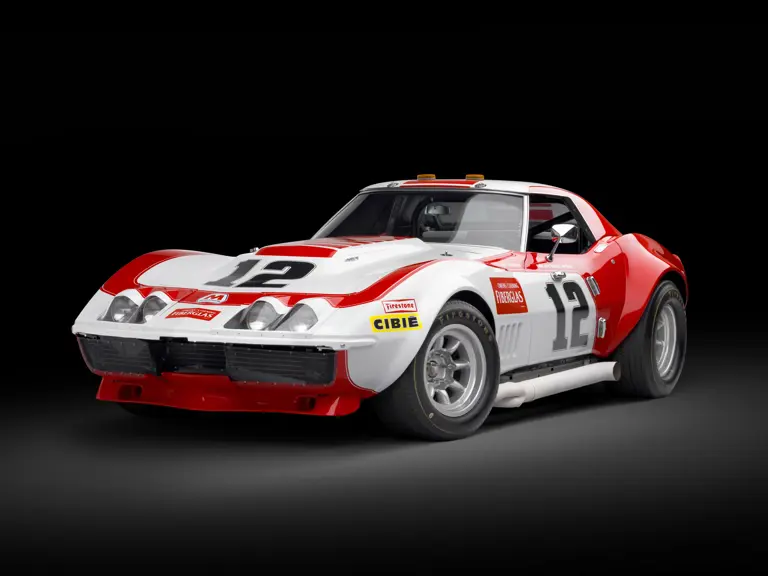
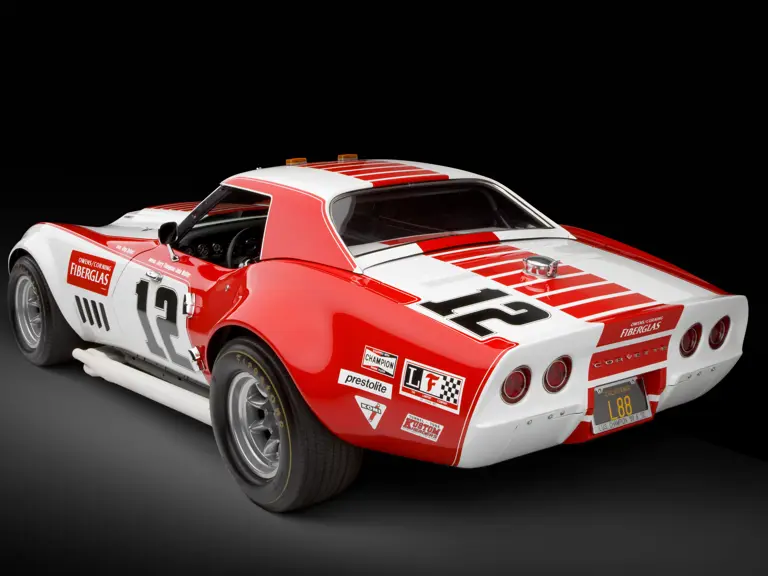
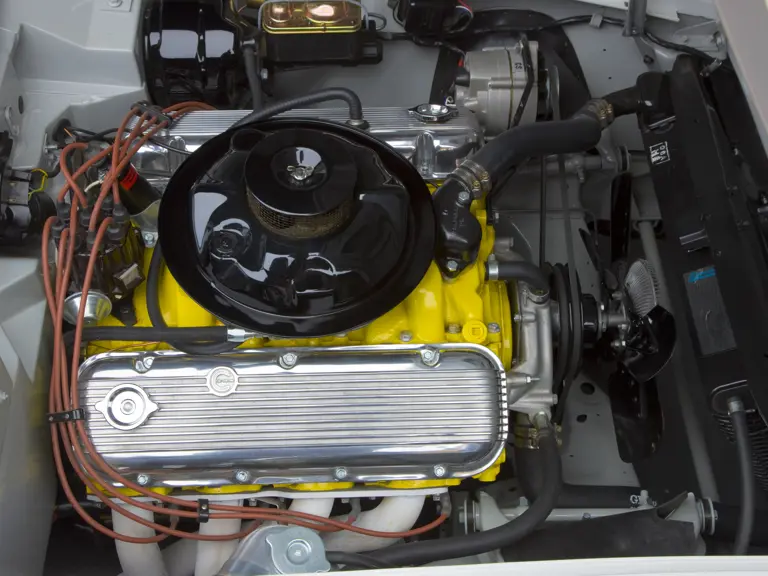
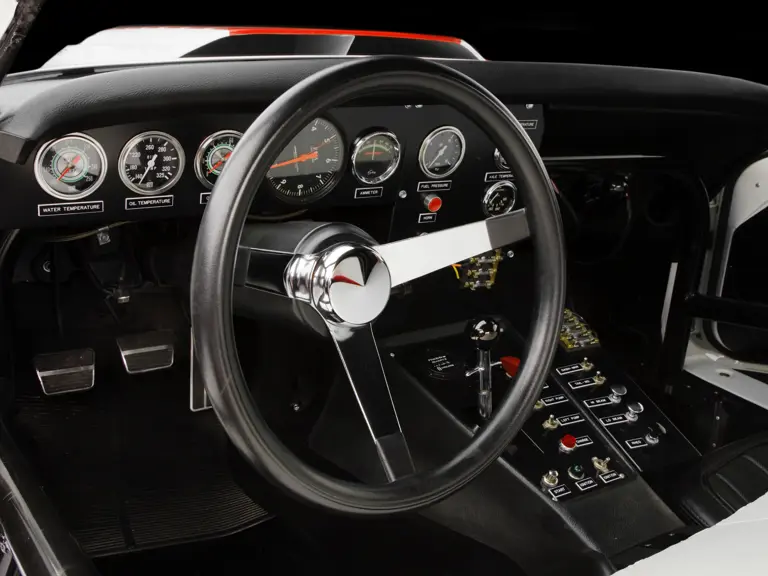
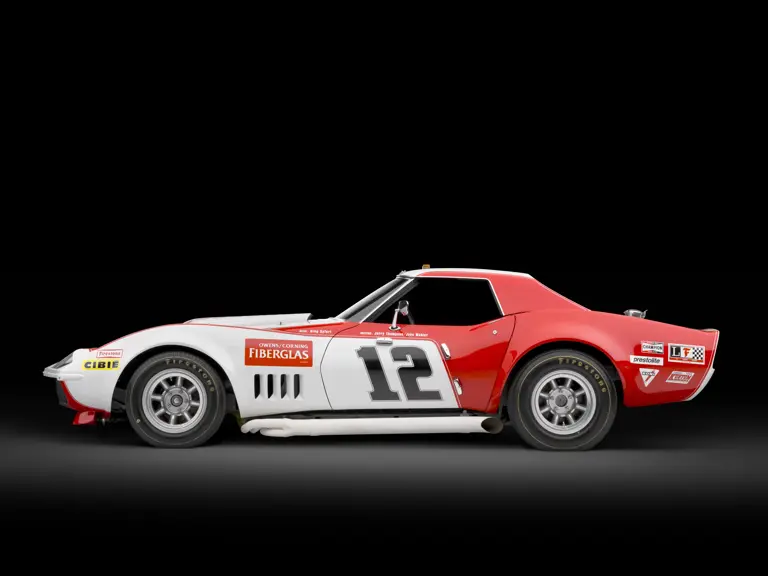

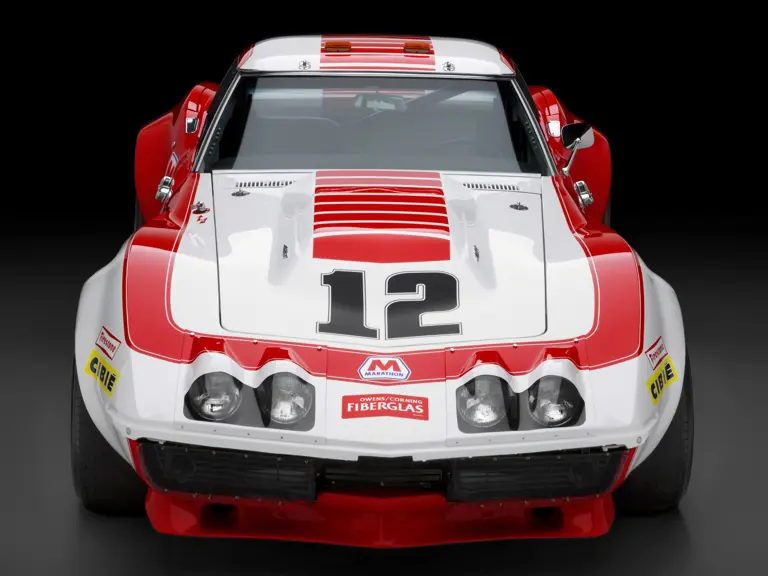

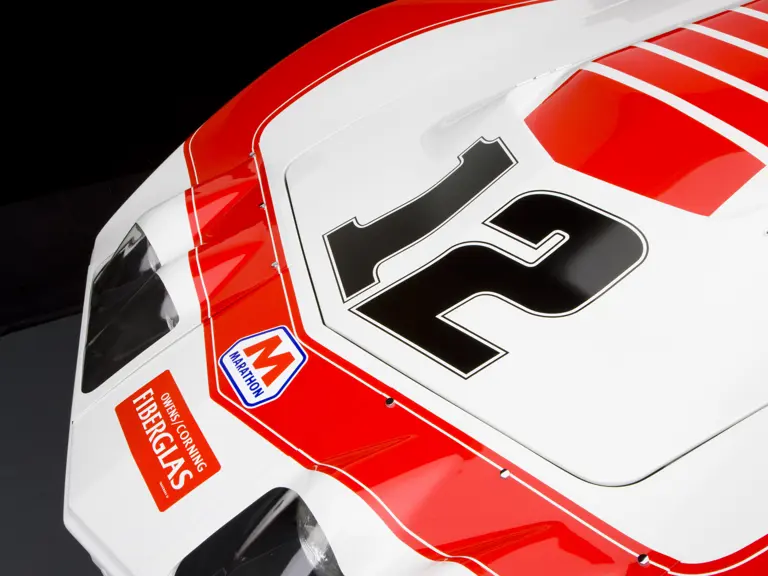
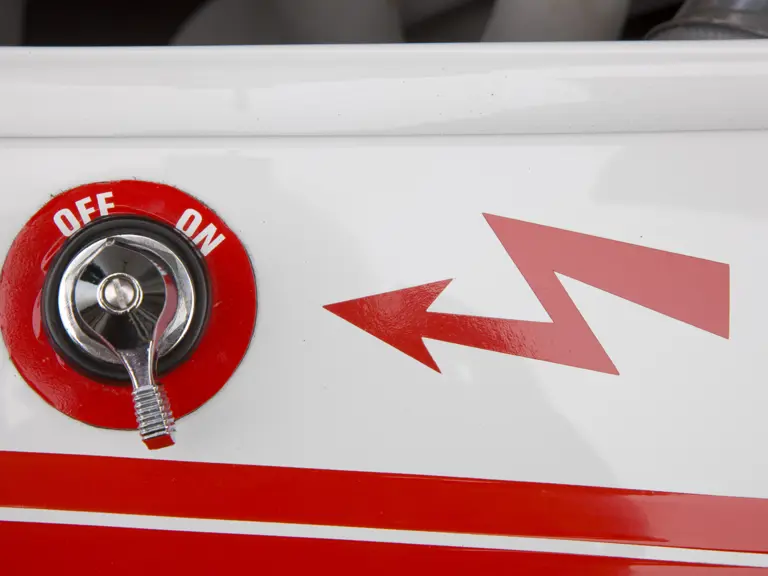

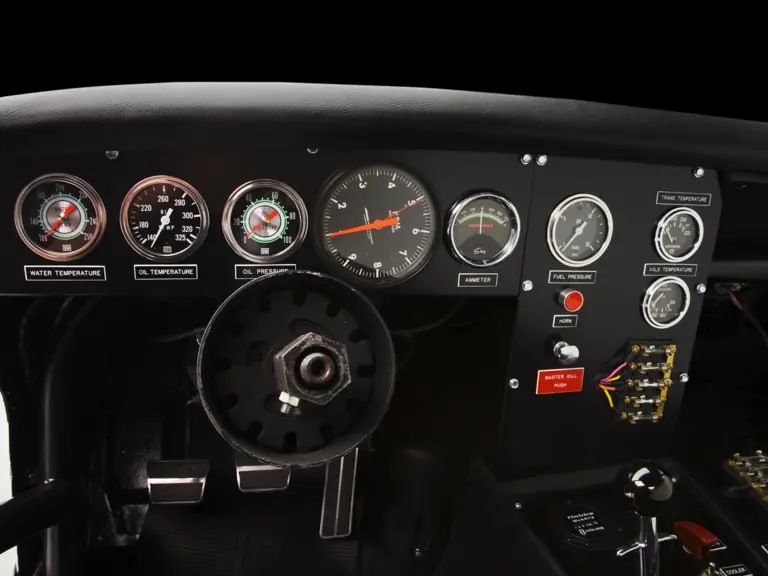
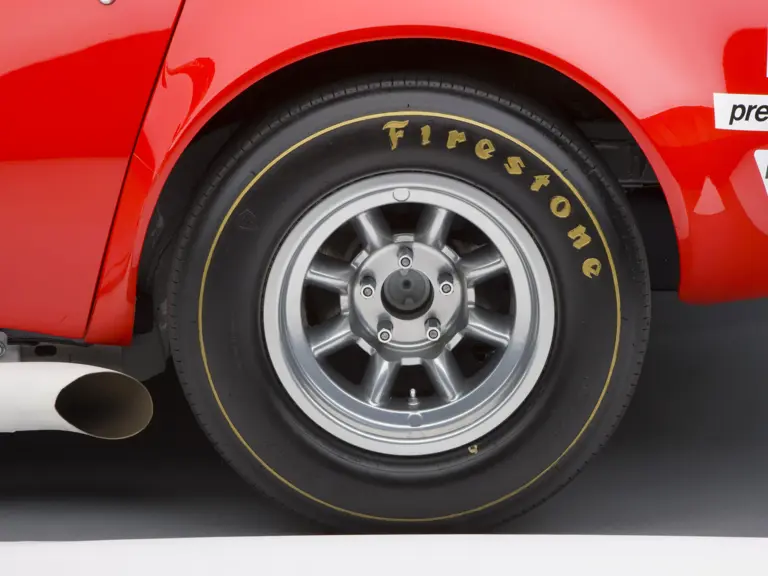
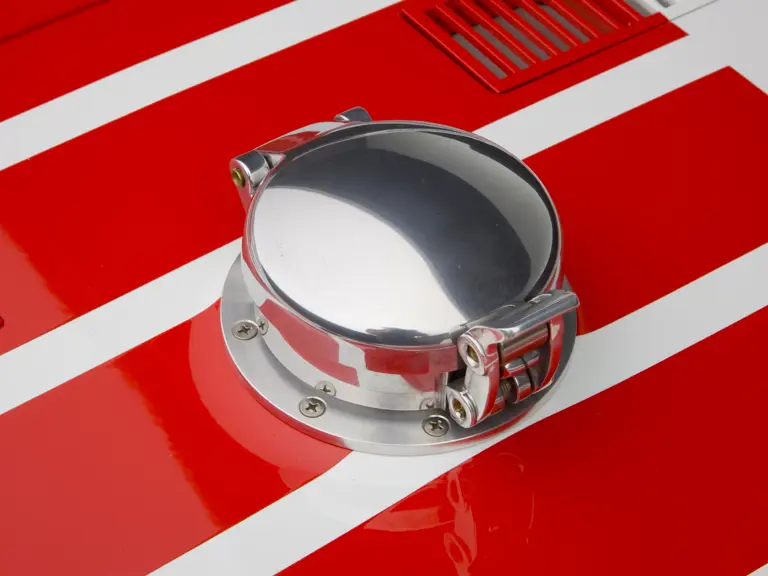
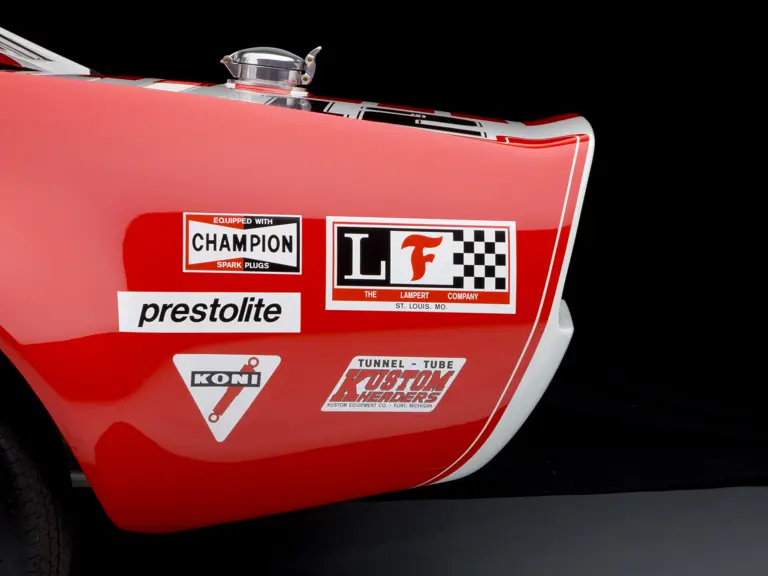
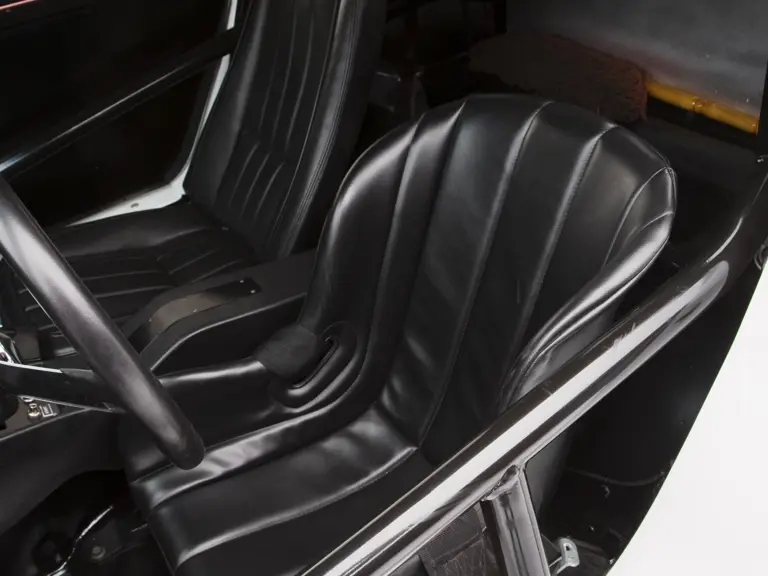

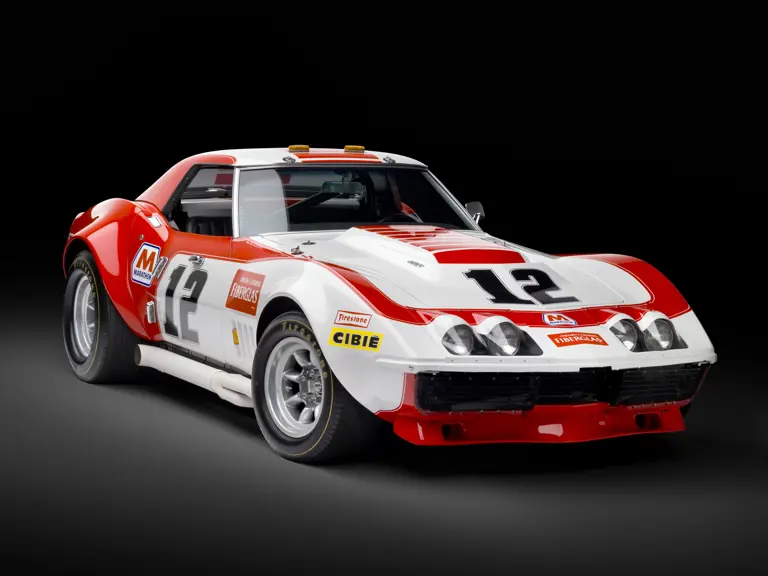
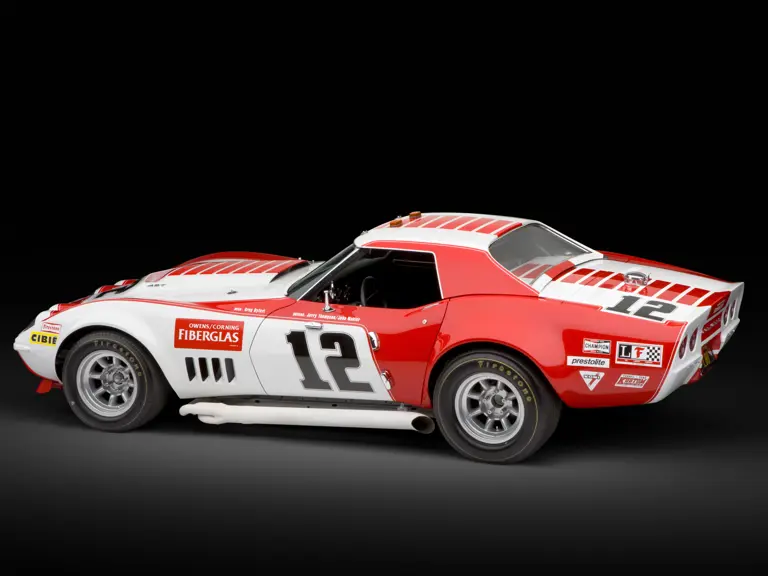

 | Monterey, California
| Monterey, California
